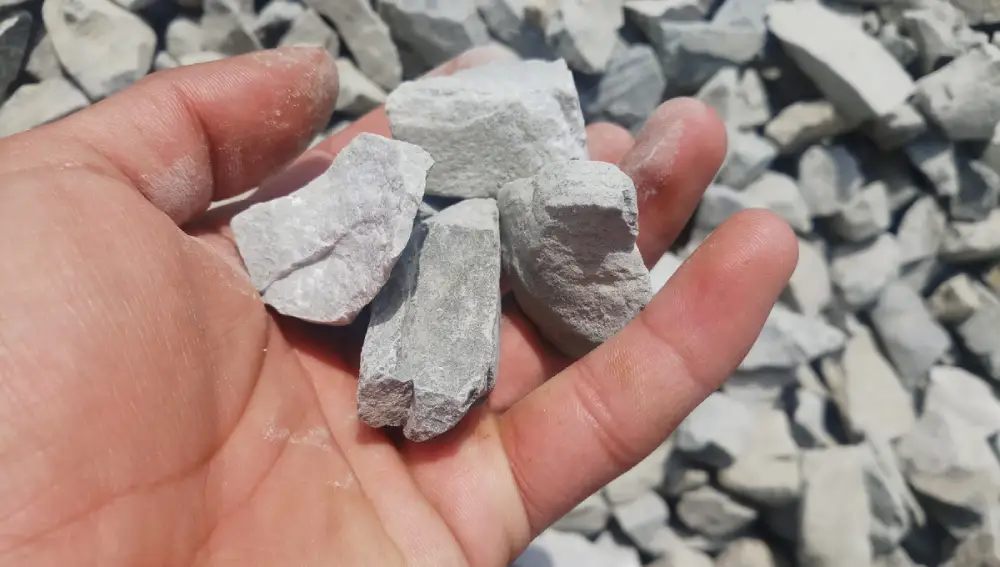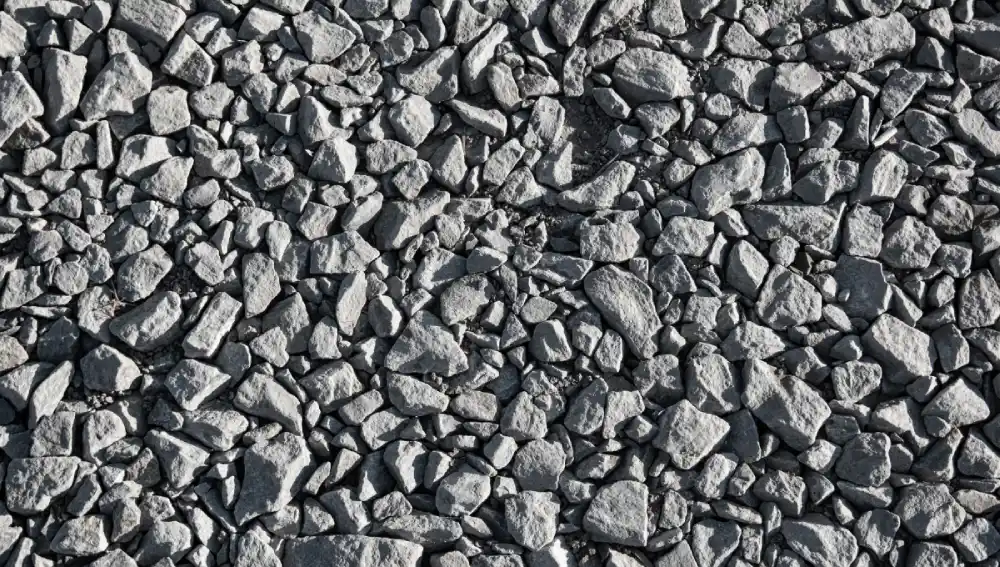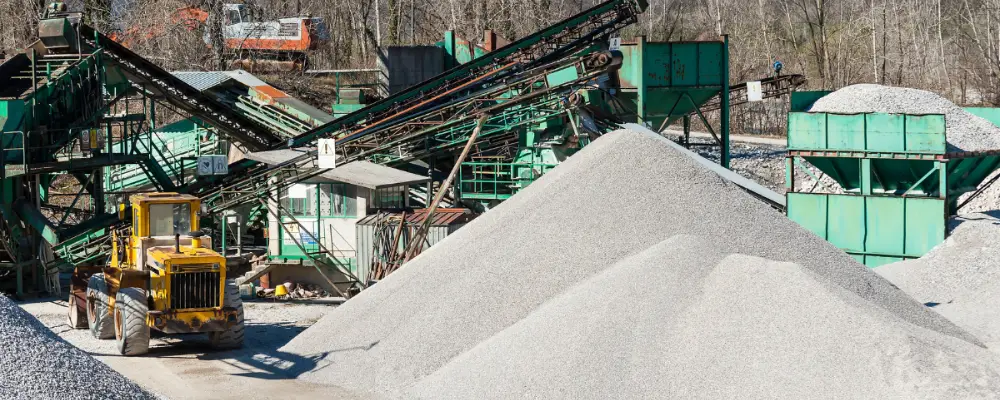Introduction
Grading of aggregate holds immense importance in the industry of construction. Aggregates are a predominant construction material. The concrete aggregates are a blend of limestone, volcanic ashes, and saltwater. When these are combined, they result in a strong mixture that is used in building applications. It results in exceptional performance. The aggregates are basic raw materials that are extracted from natural sources. These are found in queries of its sand crust, stone, and grave. Aggregate grading refers to the measured distribution of particle sizes in a given sample. It can also help determine the quality of the aggregate and analyze the performance.
Significance of Grading of Aggregate

The grade of aggregates is crucial, as it serves as a fundamental component in the success of construction materials.
- Well-grated aggregates can lead to more durable and dense concrete. The major factor for this is the balanced distribution of the sizes of particles in the aggregate.
- The gradation of aggregates influences the deformation of hot-mix asphalt and is a key characteristic that impacts performance
- The grading of aggregate needs a balanced mix to improve workability. This is obtained by mixing coarse and fine particles. This mixture must contain an adequate quantity of paste to fill the voids between these aggregate particles. They are also separated slightly, which acts as a lubricant. Reducing the voice improves the durability and strength of the concrete.
- The grading of aggregate helps increase volume stability. This results in increased structure performance . It prevents cracking by reducing the quantity of cement base needed.
Types of Grading of Aggregate

Uniformly Graded Aggregates
The uniformly grated aggregates predominantly contain particles with a narrow range of size. This has a very minimal variation, with all the particles mostly of the same size.
Characteristics of uniformly graded aggregates
- They have a higher percentage of voids. Therefore, a greater amount of cement paste is needed to fill the gaps.
- The overall density of uniformly created aggregate is lower. This can affect the structural integrity.
- They have increased permeability due to large voids. This allows fluids and other water to pass easily.
- The uniformly graded aggregate has the potential for segregation. The particles do not interlock, which leads to segregation of concrete mixes.
- They have lower strength potential due to the large voids .
Application
- Uniformly graded aggregates are used in drainage projects to prevent water accumulation.
- In the filter system, the uniformly grated aggregate allows easy flow of water, and acts as a filtration medium for purifying water and in aquariums.
- Sidewalks and parking lots often use porous concrete to improve water runoff. It provides improved management of water.
- The railroad tracks need stability and drainage, which are provided by uniform graded aggregate.
Open-Graded Aggregate
Open-graded aggregates consist of the particles that are uniform in size. They result in a significant number of voids between the particles. It is not suitable for all purposes in construction. due to lower strength and density, but it excels in managing the water flow.
Characteristics of Open-Graded Aggregates
- The open-graded aggregates have a high number of voids, which results in a higher permeability nature.
- It has low density when compared to dense graded aggregate. This is mainly due to the absence of fine particles.
- It has low freeze-thaw resistance. The water that gets trapped in the voice may freeze and expand, which causes damage.
- The open-graded aggregate results in an open structure. This enhances the drainage system, which is crucial in preventing drainage-related problems.
- The open-graded aggregates have increased strength and provide construction with low fine content.
Design Considerations
When designing an open-graded mix, it’s important to consider the following factors:
- Aggregate shape
- The specific gravity of the aggregate
- Aggregate type
- Residual asphalt content
- Emulsion/aggregate compatibility
- Runoff tests
Dense Graded Aggregate
Dense-graded aggregate has a high level of compaction. It has smaller stone particles with maximum weight, resulting in minimal voids. It is known for increasing strength, better stability, and excellent compaction. It is nominally referred to as the maximum size of the particles. It is generally classified as either coarse- or fine-graded. The dense graded aggregate is crushed rock aggregate.
Characteristics
- The dense graded aggregate provides the optimum moisture content that is required for the compaction.
- It has high stability and is resistant to movement, which is ideal for load-bearing applications.
- Due to its tightly packed structure, the dense graded aggregate results in low permeability. It does not allow fluids to flow easily.
- The dense graded aggregate has a versatile application for various purposes in construction projects.
- It has a higher density that creates strong and durable surfaces used in construction.
Gap Graded Aggregate
Gap-graded aggregate is a combination of both small and large particles. It does not have any medium-sized aggregates. It is used to create uniform textures in concrete mixes as it increases the strength and reduces the shrinkage problem. This requires lower water content, and hence the water-cement ratio is also less. This enables us to achieve the desired strength with lower cement factors.
Characteristics of gap-graded aggregate
- The gap-graded aggregate has fewer voids when compared to other types; therefore, it requires less cement.
- The gap-graded aggregate also requires less water content, which results in a lower water-cement ratio.
- The gap-graded aggregate has a uniform distribution of particles, which has better homogeneity.
- It also leads to reduced work ability and excessive water bleeding.
Procedure for Grading the Aggregate

The grading of the aggregate process typically involves a sieve analysis. It uses a series of sieves with smaller openings. It can separate the aggregate into different sizes. The weight of the particles that remain on each sieve is then measured and compared to the total weight of the sample. The results are then presented in a table or graph. It often uses a 0.45 power gradation graph.
Importance of Sieve Analysis
Quality Control
Ensures whether the aggregate used in construction follows the required size distribution. This is necessary for optimal performance.
Mix Designing
It helps in designing concrete with the right balance. This enhances the strength, workability, and durability.
Consistency
Regular sieve analysis ensures the maintenance of consistent quality.
Problem Identification
Identifies potential issues such as segregation, improper blending, or contamination in the aggregate supply.
Conclusion:
Each grading type of aggregate serves different purposes in construction. It has unique characteristics that make it suitable for specific applications. The most preferred for cement in construction is continuous grading. This is due to the balanced distribution of the particles. It enhances strength durability and workability. Other types, such as gap or open grading, are used in specialized situations based on their purpose. It is applicable where specific properties like permeability or aesthetic effects are desired. Understanding these different types of grading is essential for selecting the right aggregate mix to meet the requirements of various construction projects.
FAQs
Aggregate grades are categorized based on their particle sizes, which affect the strength and workability of concrete. Common grades include:
Coarse Aggregates: Typically range from 4.75 mm to 40 mm in size, used for structural concrete.
Fine Aggregates: Usually range from 0.075 mm to 4.75 mm, such as sand, used to fill gaps and improve concrete’s workability.
Sieve Analysis: Place a sample of the aggregate through a series of sieves with varying mesh sizes. Weigh the amount retained on each sieve to determine the distribution of particle sizes.
Visual Inspection: Compare the aggregate against standard size charts or use a mesh gauge to visually assess the size of particles.
Caliper Measurement: For a more precise measurement, use a caliper to measure the diameter of individual aggregate particles.

